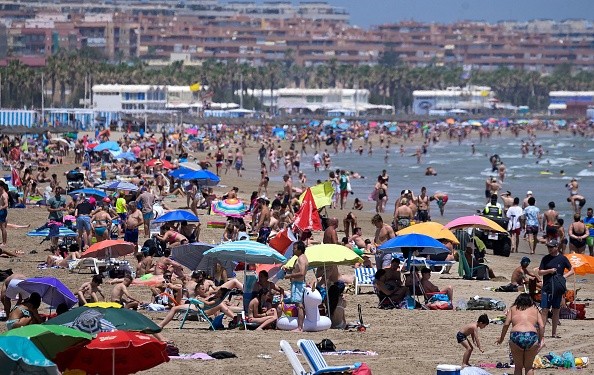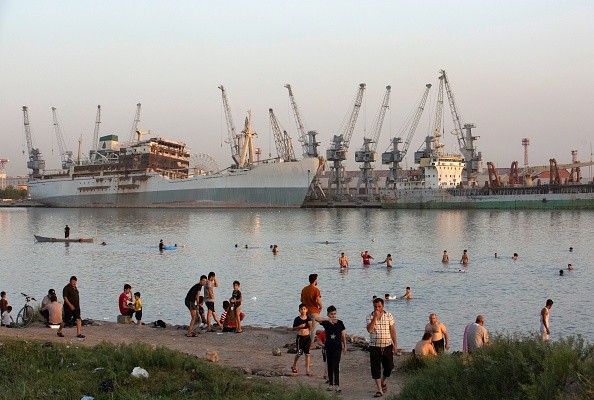As per an updated outlook from The Weather Company, an IBM Business, there is a possibility summer could round off on a hot note in the western U.S, and a warm fall is likely in much of the mid-section of the nation.

Hottest June in the Nation
As per an outlook released Thursday, there is a likelihood that much of the Great Basin and northern Rockies will see conditions that are persistent and hotter than average in August.
Following the hottest June in the nation since 1895, heat above average has continued in July in the Great Basin and northern Rockies.
The recent monsoon rain has saturated portions of the Desert Southwest, and the most expansive drought in the West this century increases the chances of persistent heat into August distant north from Nevada to Washington to Montana.
Moist ground does not heat up as fast as dry ground and this is because more of the energy from the sun goes into heating the ground and air upwards, rather than getting moisture out of the soil and vegetation.
However, in much of the southern U.S., it's been a wet summer instead, as yet, from the Southern Plains to the Southeast.
August Forecast Challenge
While some areas in the Southern Plains may heat up a little at the beginning of the month, it is forecasted that much of Texas and Oklahoma to the lower Mississippi Valley will remain less hot than the normal August weather, partly because of the soggy soil.
Northeast is one August forecast challenge.
As per Director of Meteorology at Atmospheric G, Todd Crawford, there is a chance that spiraling less intense pressure over the Arctic earlier this summer will divide into bits in August, and that could possibly boost cooler risks for the Northeast.
It's difficult to accept that fall is not far away, right? Scientist's first outlook proposes a warm fall in majority of the country with temperatures above average extending in September from the northern Rockies and northern Plains to the southern Plains and Midwest the following month and November.

La Niña
There is a chance much of the East, Gulf Coast and West Coast will see temperatures close to average. The reason for this overall warm fall outlook is the anticipation of a La Niña resurgence.
This recurrent cooling of water close to the equator in the eastern Pacific Ocean diminished this past spring and summer, but currently, it is increasingly possible to come back by fall and winter.
Crawford said: "There is a pretty clear signal across the western U.S. at least that suggests if the fall convective signal is strong over Indonesia - as we expect this year - that much warmer falls are favored," referring to computer model forecasts of continuous increasing thunderstorms and motion over Indonesia through November.
For more news, updates about heat waves and similar topics don't forget to follow Nature World News!
© 2025 NatureWorldNews.com All rights reserved. Do not reproduce without permission.





